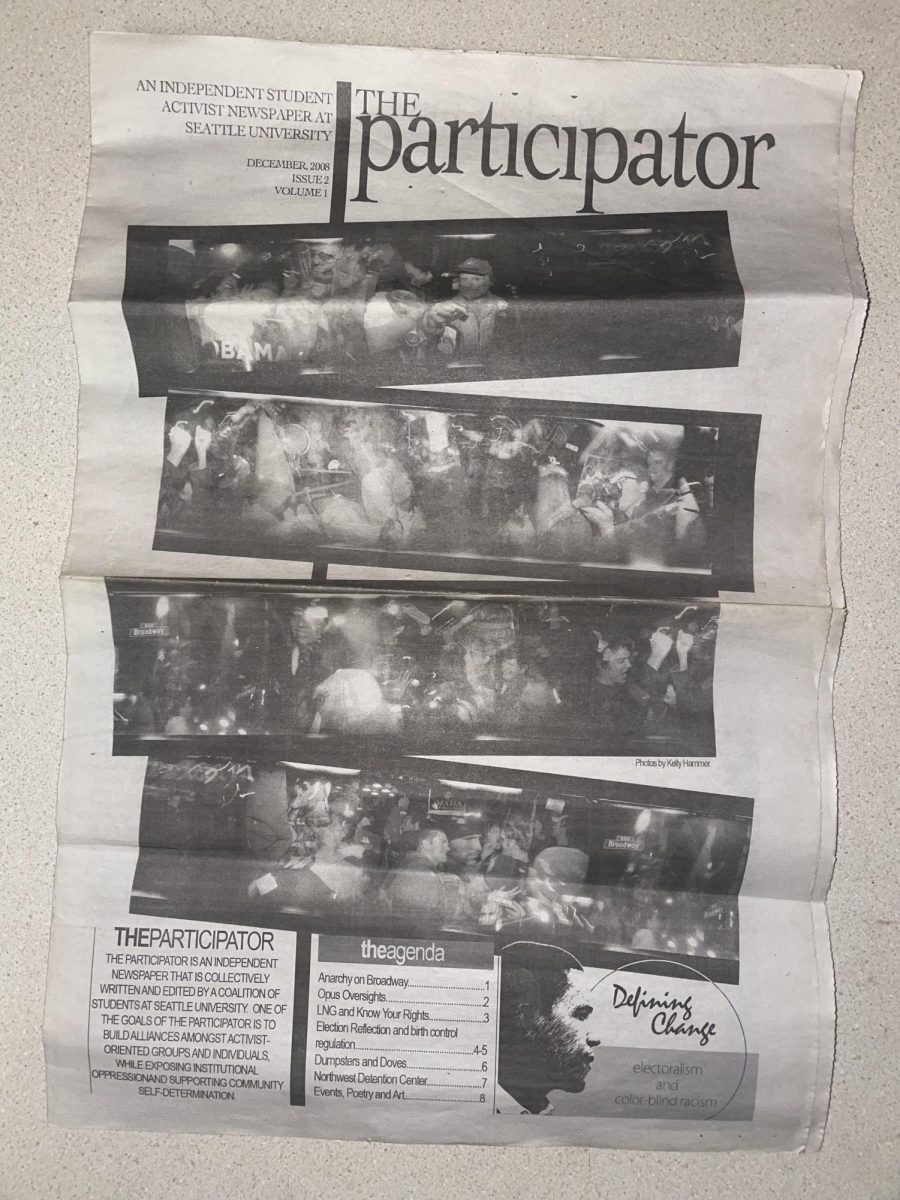With the 2024-2025 school year quickly approaching, Seattle University students will soon be registering for courses under a newly restricted credit system. Lowered from a 20 credit limit, the standard tuition rate for full-time students will only accommodate those registered for 12 to 18 credits.
Any credits beyond 18 will incur an additional price of $1,236 per credit. For undergraduate students double majoring or with multiple minors, summer courses may play an increasingly important role with the concern of being able to graduate within four years.
Designed with an intention to be accessible for students, 95% of summer courses are offered entirely virtually, and come with a 40% tuition discount-making the price per credit $742. Both of these changes were implemented under Professor Victor Evans, the director of summer programs, around the beginning of the COVID-19 pandemic. A major caveat students will encounter is that institutional gift aid is not available during the summer quarter, hence the discounted price.
The full list of 2024 undergraduate summer course offerings can be found on the Seattle U website. Perusing the selection, one will find that UCOR has the largest amount of offerings in the summer. According to Evans, there are several reasons for this, one of them being that students just want to get their UCOR requirements out of the way so that they are able to focus on their major courses during the school year instead.
“Other courses typically offered are those which can be challenging for students,” Evans said, elaborating on how students might struggle in a wide range of courses, including UCORs and STEM courses in the College of Science and Engineering. “[Some] students don’t do well so they either drop the class, withdraw or fail.”
In an attempt to aid new students struggling with their course work, the university is piloting a program this year that allows selected first-years and transfers who drop a class, withdraw or fail to take two summer classes at no charge.
Additionally, despite the fact that certain schools, such as the College of Arts and Sciences, have a limited number of majors represented in this year’s summer course catalog, students have the ability to advocate for what classes they want to be offered in the future.
“I created a summer wishlist where any student, including non-SU, can say, ‘I want to take this class in the summer,’” Evans said, explaining how responses are aggregated and sent to each respective college to give them a picture of what student needs are.
This wish list is reviewed by a “summer liaison” at each college who is in charge of selecting what courses to offer alongside the dean and the chair of each department. Working together, they review the wishlist requests as well as what has and has not worked in the past.
Paying attention to how the credit cap fits into student planning, Molly Cullen, the senior director for university advising, does not find the new credit limit problematic for the majority of students.
“This isn’t intended to get in students’ way. In the fall of 2021, 1% of undergraduate credits were overloaded credits,” Cullen said. “There is the idea that lowering the credit cap is limiting students’ opportunities, but most students aren’t interested in taking more than 18 credits.”
The 12 to 18 credit range is in line with peer institutions including the University of Washington and Seattle Pacific University. For Cullen, having a lower credit cap doesn’t only align with other local universities, but may also encourage students to further reflect on whether they want to overload.
“As an advisor, I see the gift of putting that hesitation on students before they take 20 credits in a quarter and end up withdrawing from a class anyways,” Cullen said, while also alluding to the potential benefits of spreading course loads into the summer.
Nevertheless, not all students feel content with the new credit cap. Graham Gallagher, a third-year transfer student majoring in psychology, was caught off guard by the change.
“I was both confused and disappointed when I heard. It means that I’m going to have to pay more than what I planned,” Gallagher said. “It makes you feel like the school has it out for you.”
Already planning to take two UCOR courses this summer, Gallagher says that he needs to take 20 credits in two quarters next year in order to graduate on time. He also emphasized that with no financial aid being applied to tuition during the summer, the 40% discount is a necessity for him and other students who find themselves in similar positions.
The decision to decrease the credit cap from 20 to 18 has raised concerns among the student body about graduation timelines, affordability if one needs to overload and the potential to explore different academic interests. For some, it seems as though Seattle U may be encroaching on one’s ability to be educated as a whole person.

















